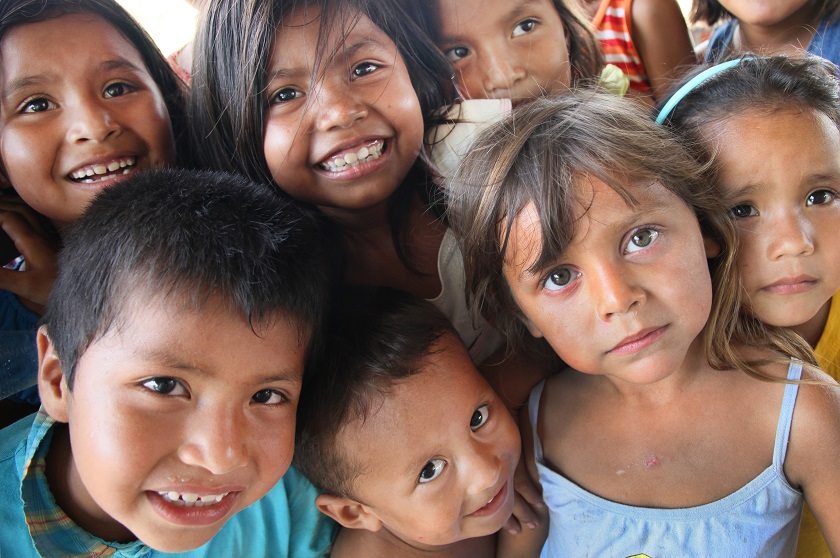“Act Today, Shape Tomorrow” Improving the lives of people affected by armed conflict, disasters and other emergencies is the core objective of the 33rd International Conference of the Red Cross and Red Crescent. The Conference aims to influence the global humanitarian agenda and explore current and future challenges affecting people and communities and the vulnerabilities that they face on the ground. The 33rd International Conference of the Red Cross and Red Crescent will take place in December 2019 at the CICG (International Conference Centre Geneva) in Geneva.
What is on the agenda?
This edition of the International Conference will offer participants the opportunity to discuss its main themes in both, formal settings -through plenary, commissions and formal statements (“For the record: voices from the Conference”); and informal ones, such as side events, the humanitarian village and networking sessions. Participants will also have the opportunity to explore the RCRC history through a humanitarian trail in the city of Geneva.
What are the themes?
The three days of the International Conference will be dedicated to one key theme each: “International humanitarian law”, “shifting vulnerabilities” (with important sub-topics, such as health and mental health, climate change, digital transformation, migration and displacement and urban challenges) and “trust in humanitarian action”.
1- International humanitarian law: protecting people in armed conflict:
While recent years have seen many violations of IHL and its capacity to protect today’s victims has been questioned, IHL continues to govern behaviour in armed conflicts, protecting victims and restricting the way hostilities are conducted.
2019 marks the 70th anniversary of the adoption of the 1949 Geneva Conventions, which are universally ratified. The 33rd International Conference presents an opportune moment for the members of the Conference to reaffirm their commitment to IHL and to work towards its full application and implementation, especially at the national level.
2- Shifting vulnerabilities:
The changes of the 21st century are complex and inter-related. The current shifts in technology, climate, population movements, demography and urbanization are shaping the world we live in. They unavoidably impact millions of people across the world, bearing new opportunities, but also creating new vulnerabilities. These trends are changing the fabric of societies and the humanitarian landscape, to the extent that traditional assumptions and ways of working might not be effective in addressing the challenges presented.
New approaches are needed to meet these challenges. The Movement’s presence at local level and the proximity to communities enables it to better understand, prevent, prepare and respond to these shifting vulnerabilities, and to drive global change.
3- Trust in humanitarian action:
Trust is the foundation of humanitarian action. Access, support and respect for the Movement’s mission depends on the trust of the people and communities it serves, of the responsible authorities and of the general public.
Trust in humanitarian action is on the agenda of the 33rd International Conference due to the declining trust in institutions and governments, an increase in public scrutiny, and calls for stronger integrity and accountability. This Commission will explore how the components of the Red Cross and Red Crescent Movement can work together with States to maintain and strengthen trust in principled humanitarian action.
What are the main outcomes?
Resolutions and pledges are key ways in which the International Conference records its decisions and calls its members to action. Other outcomes include, strengthened and new partnerships, increased knowledge and greater sense of unity.



Comments